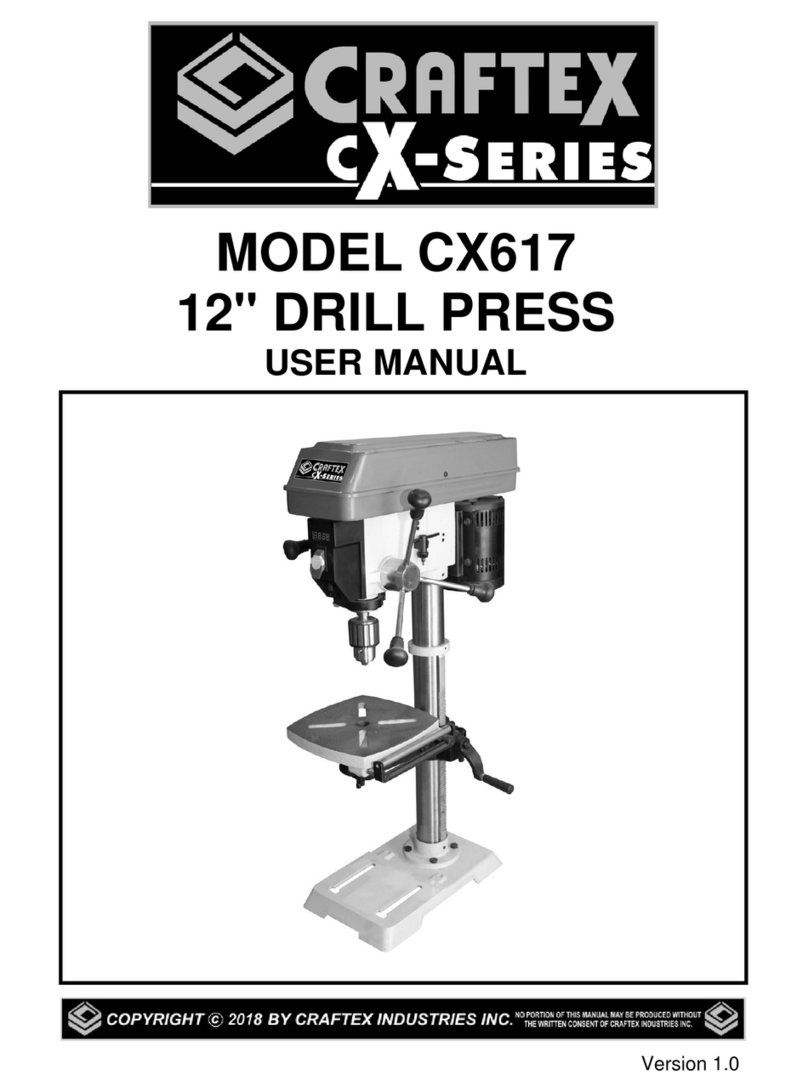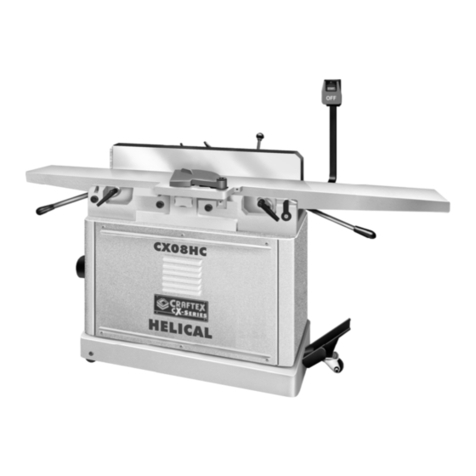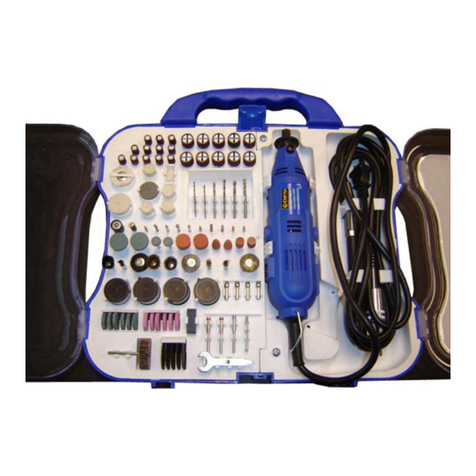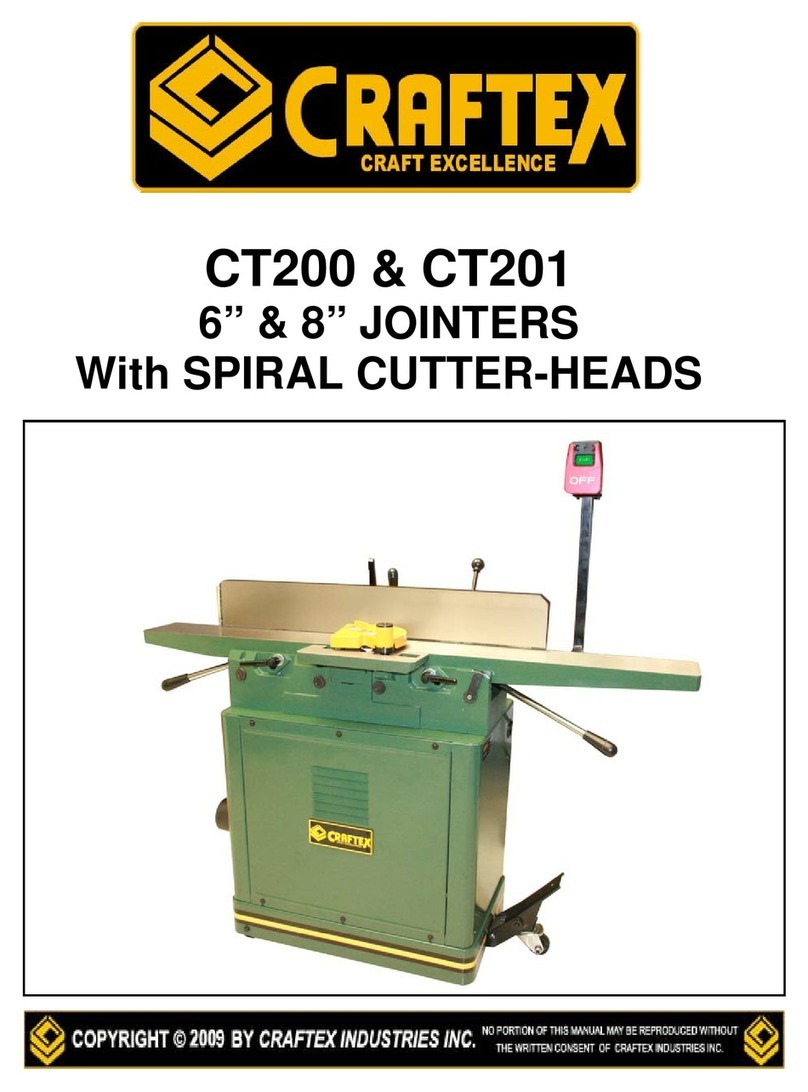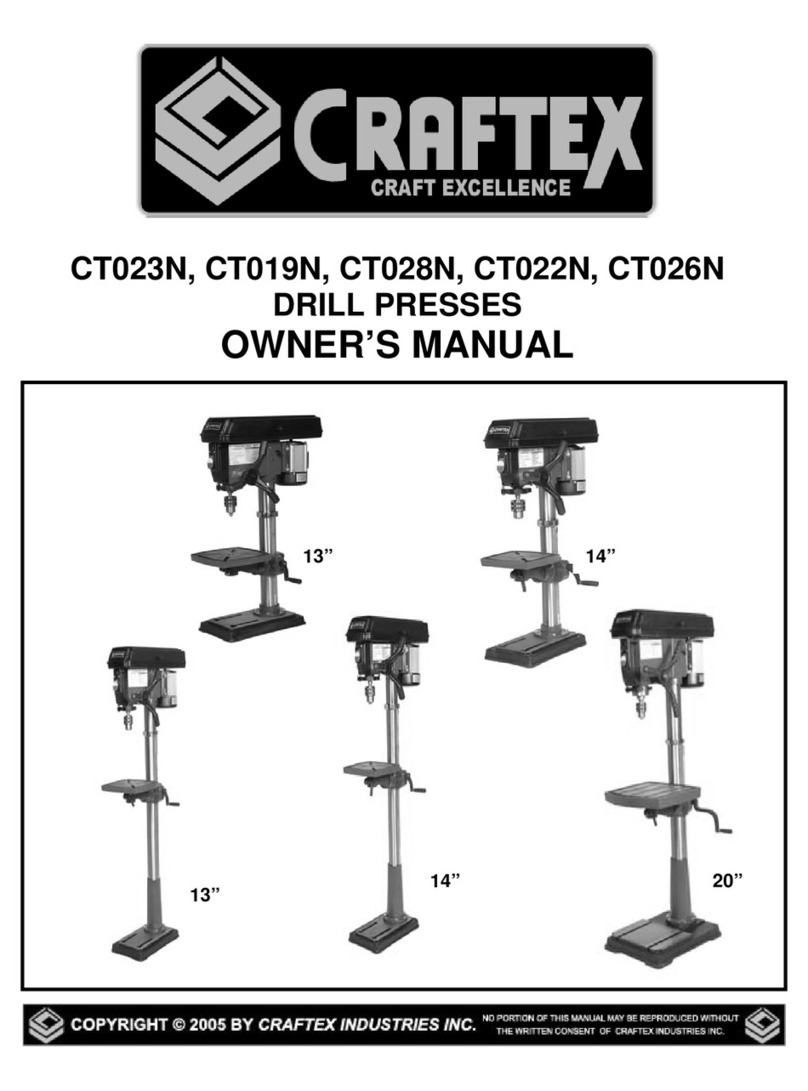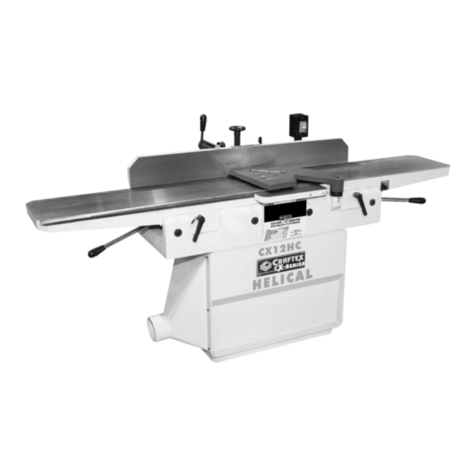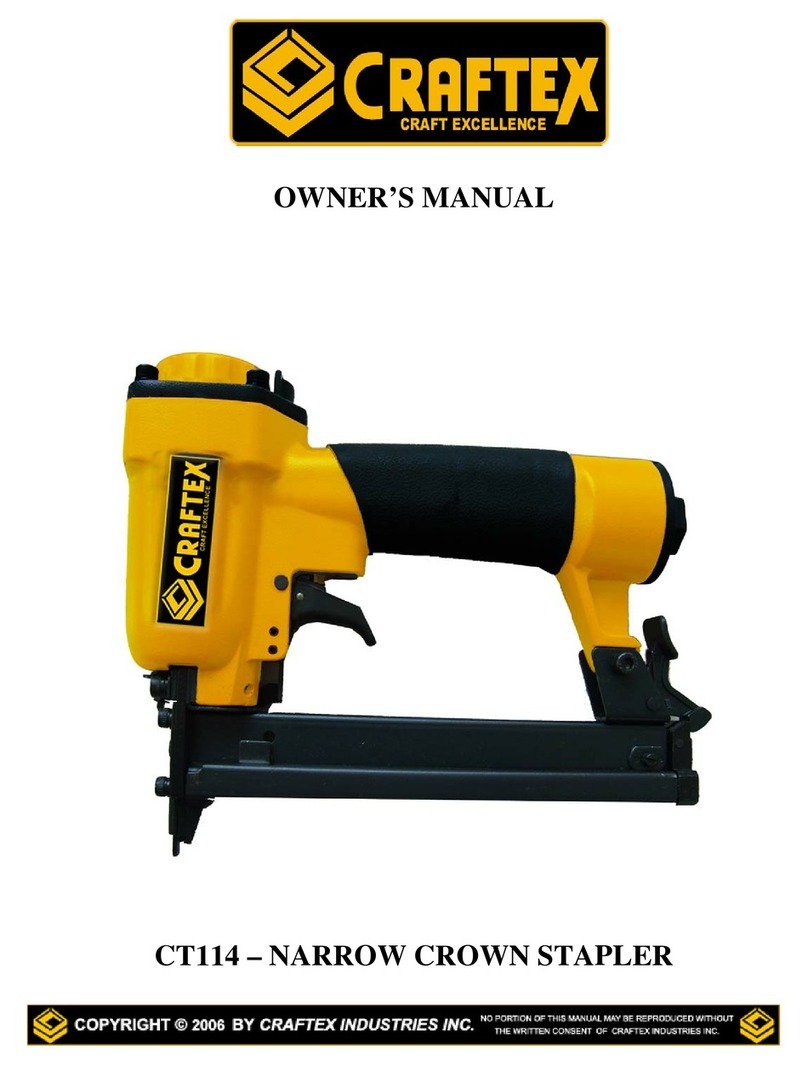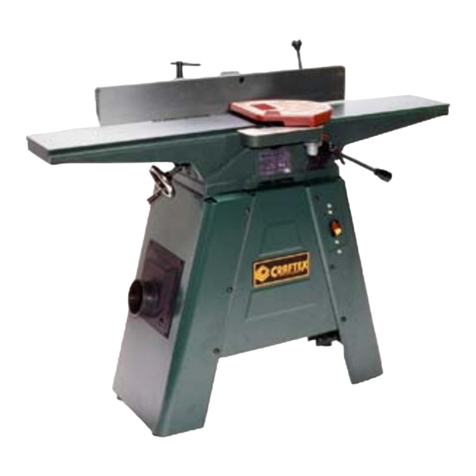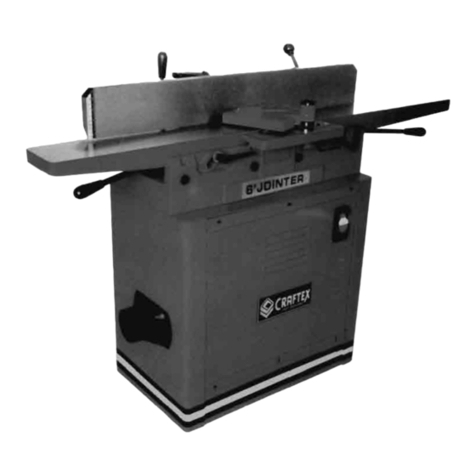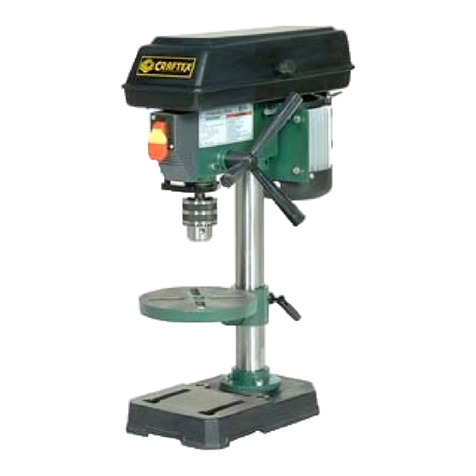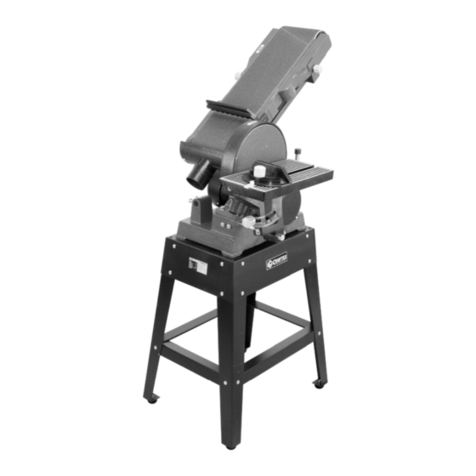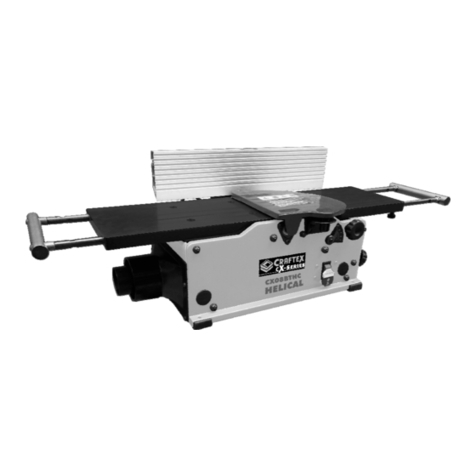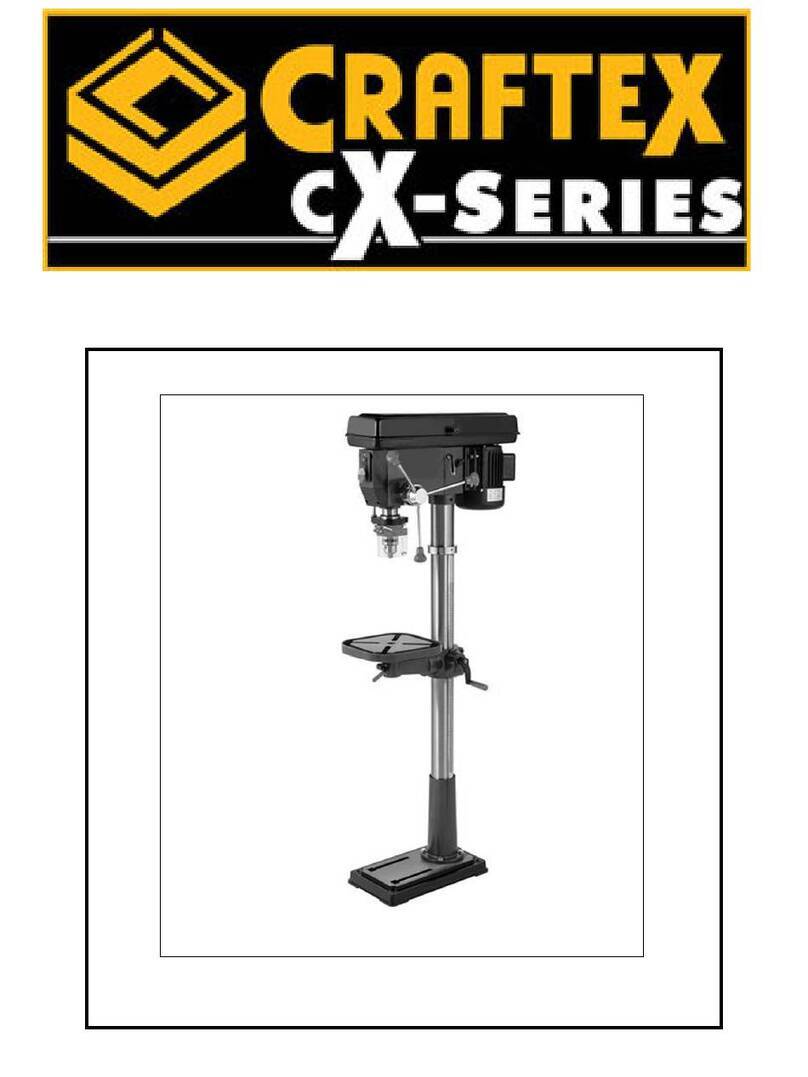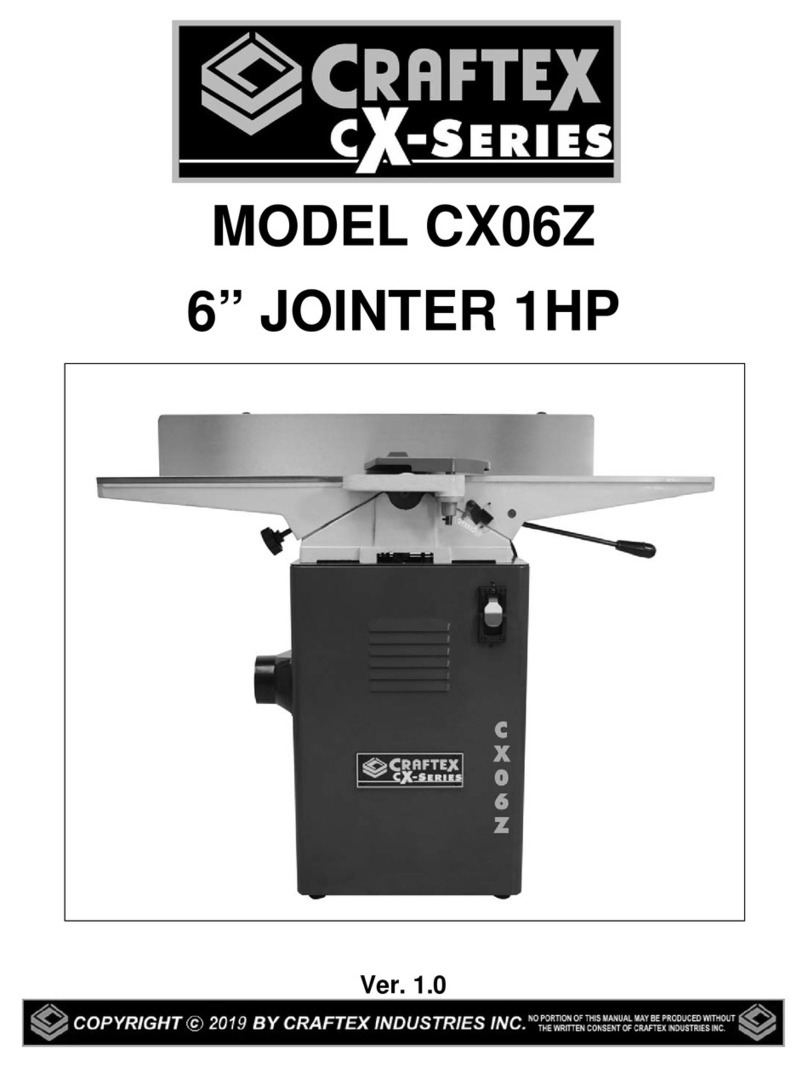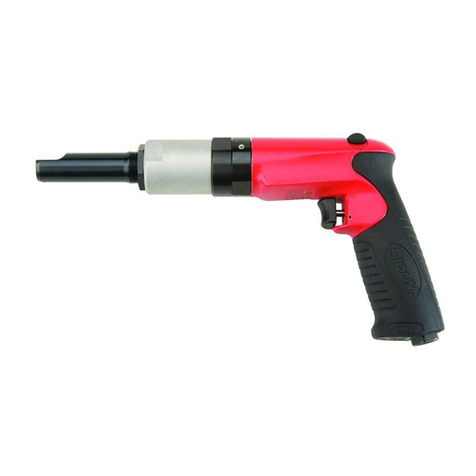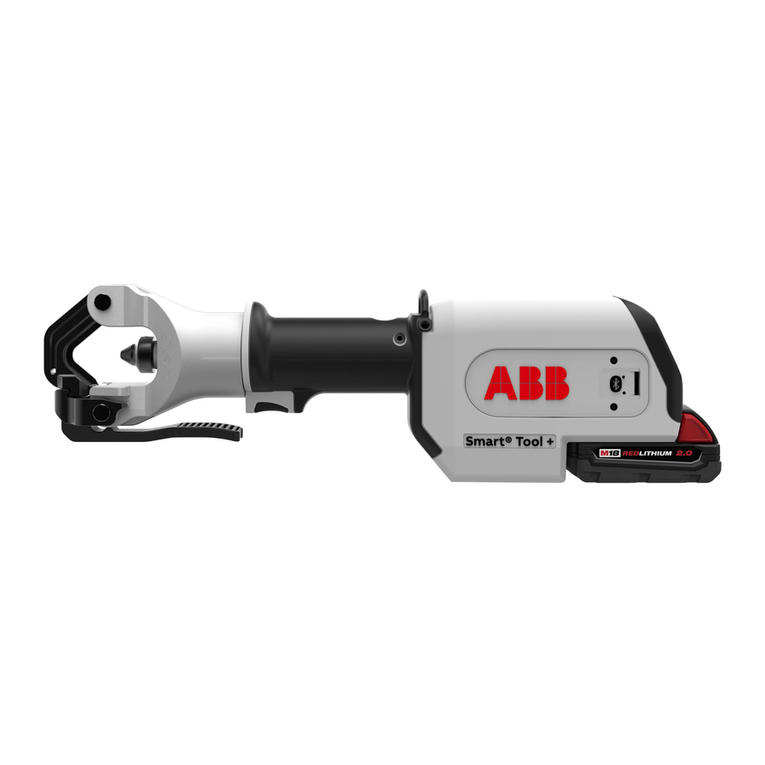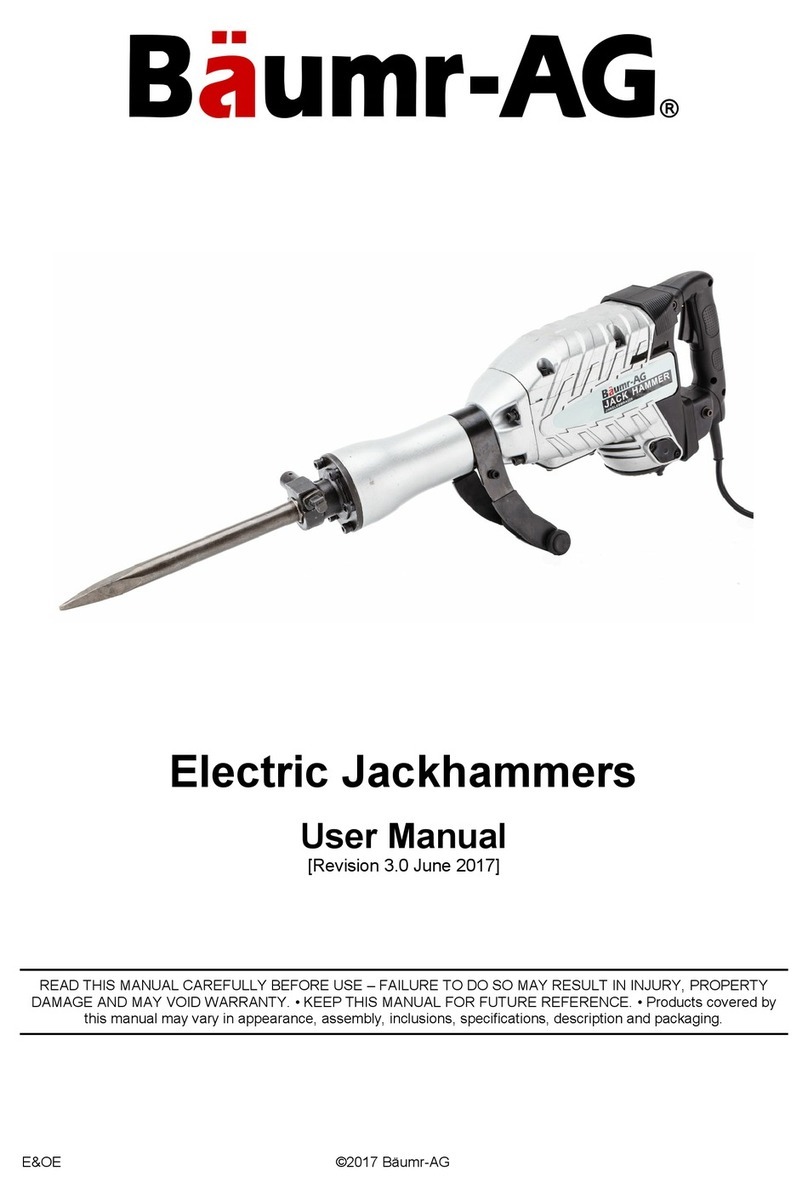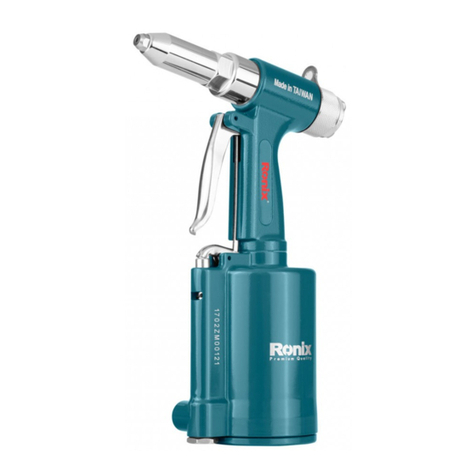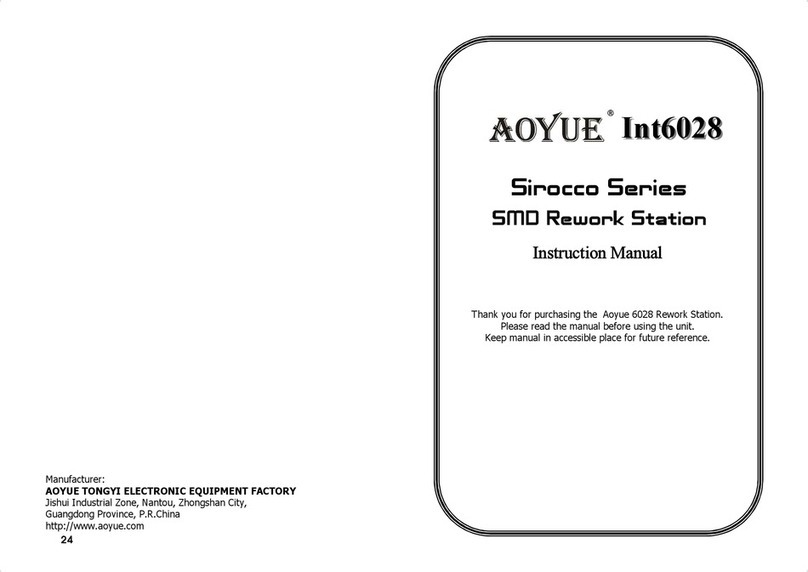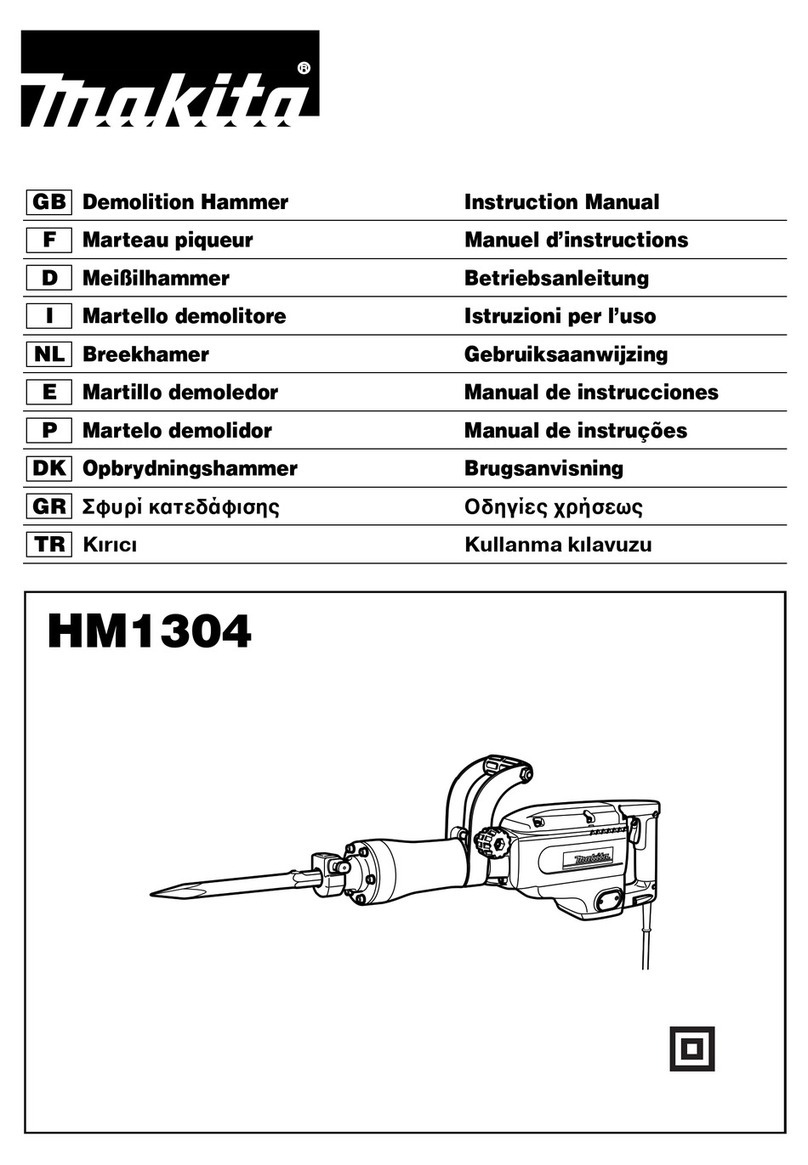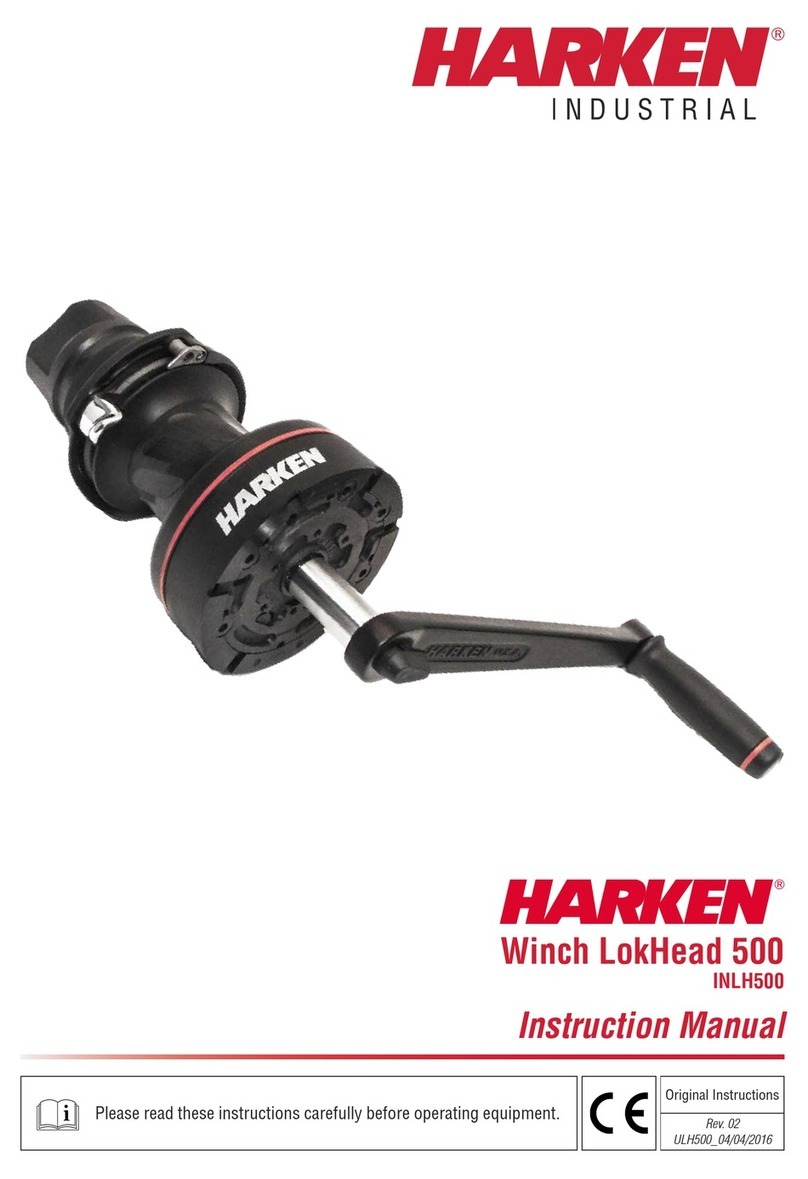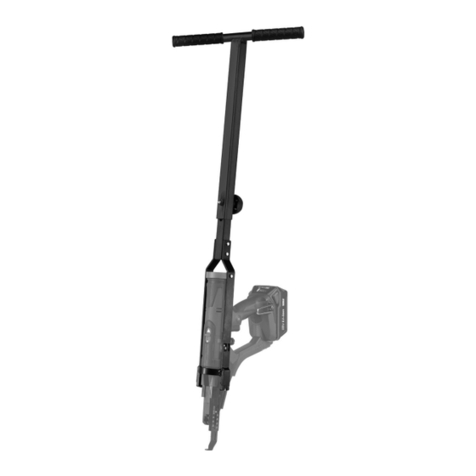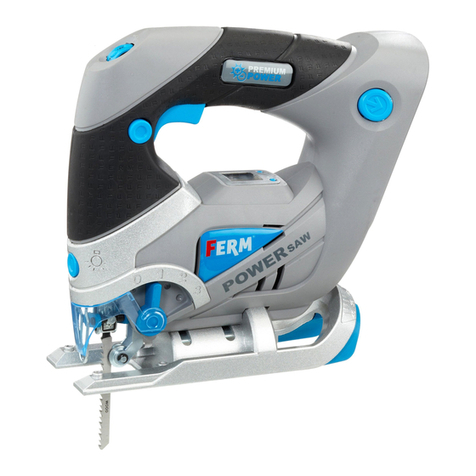
4
ALWAYS lock the mobile base before
operating the machine.
IF YOU ARE NOT FAMILIAR with the
operations of a jointer, you should
obtain the advice and/or instructions
from a qualified professional.
ALWAYS use push blocks when jointing
stock that does not provide a
reasonable distance of safety for your
hands.
NEVER make cuts deeper that 1/8” in a
single pass to prevent overloading the
machine and to prevent dangerous
kickback.
MAKE SURE before servicing or
making any adjustments, the power
switch is in the “OFF” position and the
cord is un-plugged from the power
source to avoid any injury from
accidental starting.
MAINTAIN the proper relationship of in-
feed and out-feed table surfaces and the
cutter-head knife path.
ALL OPERATIONS MUST be
performed with the guards in place to
ensure safety.
ALWAYS inspect your stock before
feeding over the cutter head.
NEVER back your work-piece into the
spinning cutter head.
NEVER allow your hands to pass
directly over the cutter head.
ALWAYS operate the jointer with a
proper dust collection system.
ALWAYS make sure that the exposed
cutter head behind the fence is guarded
particularly when jointing near the
leading edge such as in rabbetting.
NEVER LEAVE the jointer unattended
while it is running. Unplug the cord from
the power outlet when not in use.
MAINTAIN AND SERVICE your jointer
regularly as instructed in the user
manual.
MAKE SURE you have read and
understood all the safety instructions in
this user manual and you are familiar
with jointer before operating the
CX06SC/CX08SC. If you fail to do so,
serious injury could occur.
CX06SC / CX08SC JOINTER
Specific Safety Instructions
WARNING
The safety instructions given above can not be complete because the environment in
every shop is different. Always consider safety first as it applies to your individual
working conditions.
